As a paediatric dietitian and vegan parent, I know that meeting a child’s energy needs is of utmost importance to promote healthy growth and development.
Children's nutritional needs vary depending on their age, sex and activity level. Active children generally require more calories to support growth and energy expenditure.
The UK’s Department of Health recommend at least 60 minutes of moderate to vigorous intensity physical exercise each day for children between five and 18 years old. Under-fives are expected to partake in up to three hours of physical activity daily. This should include a mix of aerobic activities like running and cycling, and muscle and bone-strengthening activities like jumping or climbing. Encouraging active play and limiting screen time can help children meet these targets.
Many plant foods, particularly wholefoods, tend to be very filling and naturally less energy dense. This can create additional challenges when feeding a very active vegan child if they get too full before they’ve reached their energy goals.
With that in mind, here are my top tips for feeding vegan kids. Use the following guidance to ensure you’re meeting their needs day-to-day.

Snacks between meals are a must
Given plant-based foods can be quite filling, you might find your children fill up fast at mealtimes. Snacks, when timed correctly, can be a great opportunity to get more calories into your child’s diet and help them meet their energy needs.
Provide snacks at least two hours after a meal and no closer than two hours before a meal to ensure your child is hungry enough for their next main meal. Grazing (snacking multiple times throughout the day) isn’t advised as this can interrupt how much is eaten at mealtimes, where higher quality food tends to be offered. If main meals aren't being finished, you may be offering snacks that are too large or too close to mealtimes.
Examples of balanced snacks might be:
- 1–3 rice cakes with peanut butter and a piece of fruit (with the number of rice cakes depending on the age and activity level of the child)
- Vegetable crudites and houmous
- Handful of nuts (size of the child’s hand and prepared according to age) and dried fruit
- 100–200 ml of smoothie based on plant milk (not water or juice) and including peanut butter/chia seeds/flax seeds. TIP: smoothies can displace other foods, so we generally recommend not exceeding 200 ml daily.
- Fortified plant-based yoghurt and a piece of fruit. Soya is the highest in protein if this is a concern for you.
- Smashed avocado on half of a whole seeded bagel (with the size of the bagel depending on the child's age)
- Flapjack containing nuts or seeds and dried fruit or energy balls based on nuts
- Homemade banana loaf or muffins with added ground chia/flax seeds and fruit/veg
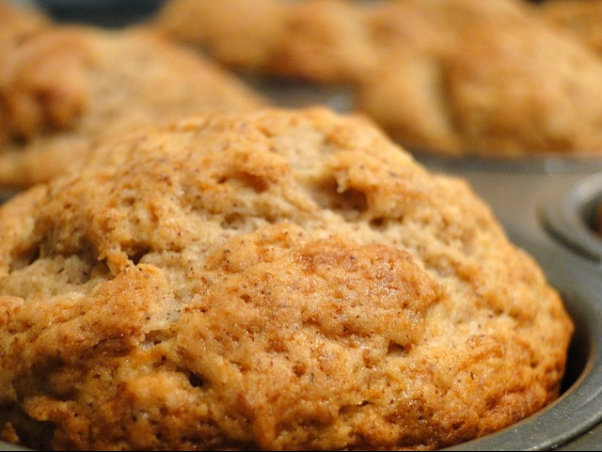
Children of high-school age might require more substantial snacks after school. Try a big bowl of low-sugar fortified cereal, beans on toast, a sandwich, bowl of soup with a slice of bread or increase the portion size of one of the snacks previously mentioned.
Many families opt for processed foods like crisps, biscuits and cakes as snacks due to convenience. These foods tend to be low in nutrient quality and not overly filling, leading to an increased likelihood of further snacking. Opt for these type of snacks from time to time, and if you choose crisps, picking baked varieties and serving alongside a dip like guacamole, salsa or baba ganoush will make the snack more balanced.
Base all meals on a starchy carbohydrate
Ensuring at least one third of your child’s plate is filled with pasta, rice, bread or other grains like quinoa, bulgar wheat or couscous is a great way to help meet their energy needs. Children should get around 50–60% of their energy from carbohydrates. Not only are these foods generally well liked, but they are also affordable and can form a base for a variety of meals.
Offer a mixture of refined and unrefined (wholegrain) starchy carbohydrates to vegan children. Unrefined grains tend to fill smaller bellies up quicker. Also, vegan diets tend to be naturally high in fibre so there is less need to offer wholegrains. However, wholegrains generally contain more zinc and selenium than refined grains, and these nutrients can be tricky to get on plant-based diets.
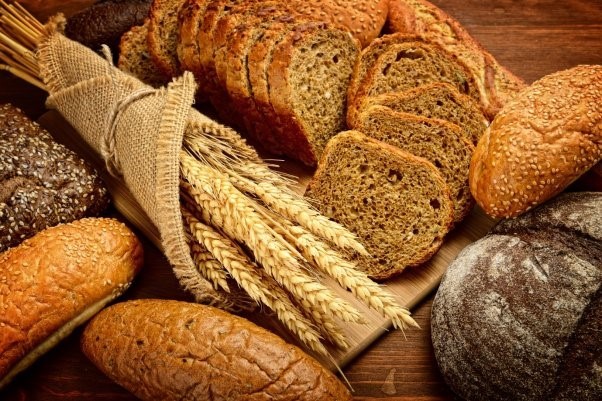
Offer good quality plant-based proteins twice a day
While protein is paramount for growth and development, children generally only need modest amounts. Examples of good quality plant proteins include soya products (tofu, tempeh, textured vegetable protein/TVP, edamame, yoghurts, milks), beans, lentils, meat alternatives, nuts and seeds. Generally speaking, if children are getting enough calories and consuming a variety of foods, they will meet their protein needs. Offering two portions a day should help your children easily reach their protein goals.
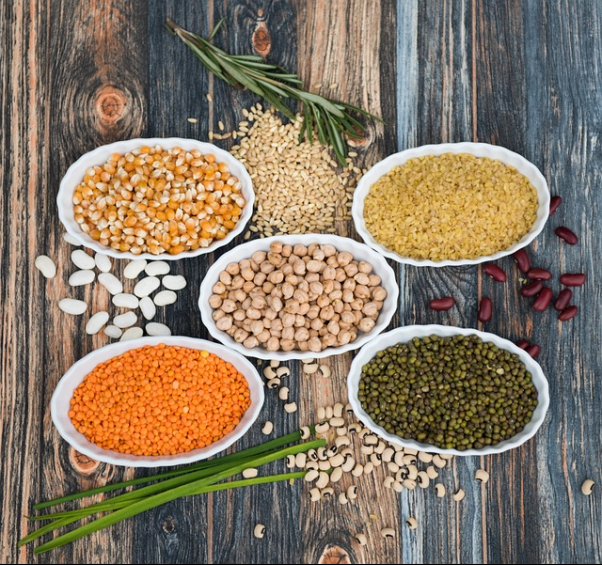
(Healthy) fats are your friend
As many plant foods are naturally low in fat, this can be the nutritional area that is most overlooked by vegan families. Fat is vital for brain and nervous system development in children and is therefore a macronutrient we should pay attention to at mealtimes.
The simplest way to provide fat is to use vegetable oils when cooking, but it doesn’t have to stop there. Make nuts and seeds a staple at snack times. Add ground flax and chia to bakes and smoothies. Get creative and experiment with using avocado as a base for desserts. Be liberal when using plant-based margarine on toast, in sandwiches and mashed potato. Condiments like vegan mayo and salad creams can be a great addition to mealtimes. Opt for the higher fat yoghurts available and choose fortified plant milks that are at least 40 kcal per 100 ml where possible.
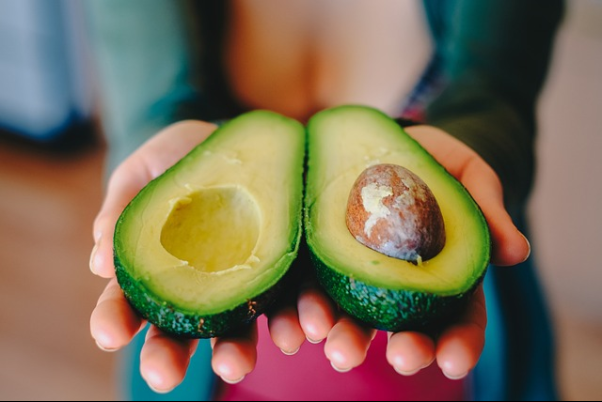
Aim for 5-a-day fruit and veg, but don’t overdo it
Vegan kids easily meet fibre recommendations as pretty much all plant food (apart from oils) contain some fibre. Whilst fruits and vegetables are full of fantastic nutrients such as vitamins, minerals and antioxidants, they are also incredibly filling and low in calories so may displace other nutrient-dense foods in the diet. Generally, 40 g counts as one portion in younger children and adult-sized 80 g portions are adequate for teenagers. If your children routinely exceed seven portions a day, this may impact their growth and development over time. Legumes also count towards your fruit and vegetable intake – another win for vegan families. Dried fruits provide quick energy with nutrients and can be a clever way to sweeten bakes, reducing the amount of refined sugar used.
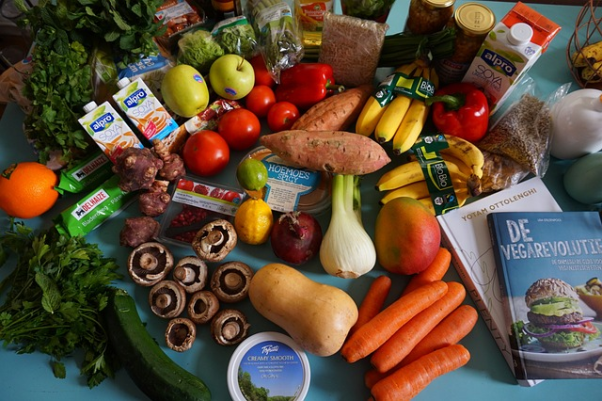
Be mindful of other key nutrients
Many vitamins and minerals are involved in metabolic processes in the body and therefore are important for growth and development. Providing the following foods daily will help your child meet their micronutrient needs. Use supplements to help bridge the gap with more tricky nutrients, such as vitamin D and B12. The Vegan Society's supplement VEG 1 is an affordable and reliable way to meet many key nutrient targets, and there is also VEG 1 Baby & Toddler for those aged six months to four years.
Calcium: Necessary for strong bones and teeth, calcium can be obtained from fortified plant milk, leafy greens, tofu and almonds.
Iron: Iron is vital for producing red blood cells and energy. Plant-based sources include fortified cereals, lentils, beans, low oxalate green leafy vegetables (kale, broccoli) and pumpkin seeds.
Vitamin B12: This is crucial for neurological development. As a safety net, take a vitamin B12 supplement and ensure fortified foods are included regularly in the diet, like plant milks, yoghurts and nutritional yeast.
Vitamin D: This is essential for calcium absorption and bone health, and is involved in many other processes in the body. Exposure to sunlight and fortified foods can provide adequate vitamin D. All children aged five and under are recommended to take a vitamin D-containing supplement by the Department of Health. All vitamin D2 is suitable for vegans. Vegan vitamin D3 is sourced from lichen, and some evidence suggests this is more easily absorbed.
Selenium: This is involved in many basic functions of the body. Good sources include wholegrain products (brown pasta, rice, breads) and Brazil nuts.
Zinc: Nuts, legumes and wholegrains provide zinc in the diet. Zinc is also involved in many metabolic processes in the body.
Iodine: The easiest way to ensure you’re reaching your iodine needs is to provide your child with a supplement containing iodine which is appropriate for age. I would recommend against kelp supplements as these can vary in iodine content. Opt for plant-based milks that are fortified with iodine if you are not offering a supplement, and check how much you should be offering daily to meet their needs.
Omega 3 fatty acids: These support brain and eye development. Flaxseeds, chia seeds, walnuts, fortified margarines and algae-based supplements are good sources.
And if you’re still struggling to meet your child’s energy needs, try offering a small dessert after a meal
Another great opportunity for additional energy is desserts. They don’t have to be processed and high in sugar, particularly if you are able to make your own. This can also double up as a fun activity to do with your child. Basing desserts on avocado and/or adding in nut butters and dried fruits is a great way of providing additional energy and nutrients.
Feeding active vegan children involves understanding their unique nutritional needs and ensuring they get the right balance of calories, protein, vitamins and minerals. Encourage physical activity and provide balanced meals based on starchy carbohydrates, rich in fruits, vegetables, whole grains, healthy fats, fortified foods and plant-based protein sources. Limit highly processed foods where possible for balance and encourage energy dense wholefoods instead. With thoughtful planning and creativity, you can help your child thrive on a vegan diet while staying active and healthy.
By Sam Gould, Registered Dietitian
Find out more about our Vegan and Thriving campaign for more tips and delicious plant-based recipes.
The views expressed by our bloggers are not necessarily the views of The Vegan Society.

